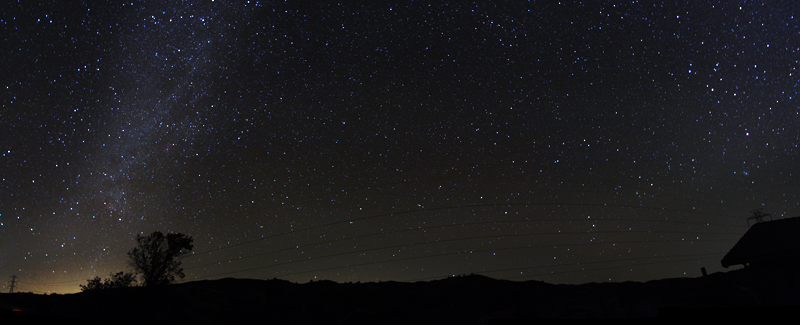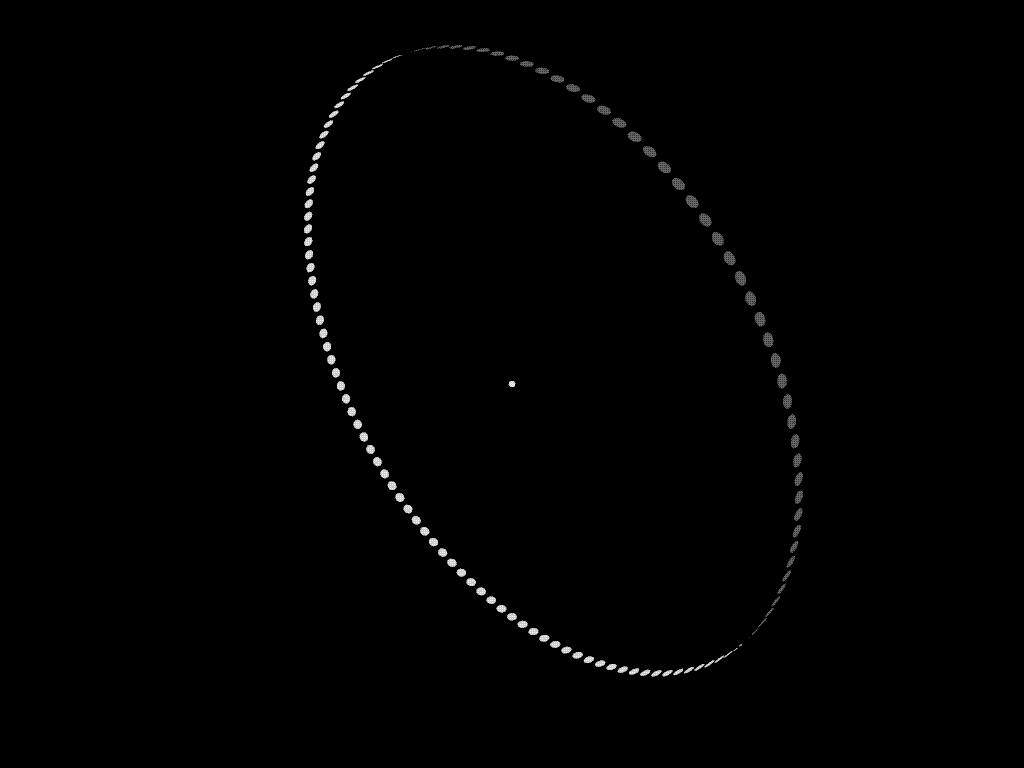
If alien life can be as simple as bacteria or as complex as people, we have the optimal plans for the search. Physicist Enrico Fermi asked the question “Where are they?”, than expressed his surprise at the absence of any signs of the existence of other intelligent civilizations in the milky Way galaxy. Despite the fact that over the years it was suggested many solutions to the “Fermi paradox”, none of them has yet proved to be correct. Question, are we alone in the milky Way galaxy (or even Universe), remains one of the most intriguing questions of science, in particular astronomy.
Given the huge number of uncertainties associated with the emergence, evolution and survival of any extrasolar life (if it exists), we will attempt to briefly define the most common, remotely detectable signatures of alien life (simple and reasonable) and to estimate the expected efficiency of different search strategies. This topic is particularly relevant, because the observations (for the most part, Kepler telescope) showed that the milky Way contains not less than a billion earth-type planets, orbiting stars about the size of the Sun or less in the “Goldilocks zone”, in which the surface of the planet can exist with liquid water (potentially habitable zone). The search for extraterrestrial intelligent life has recently received a powerful impetus to the initiative Breakthrough Listen — ten-year project at $ 100 million, which will be engaged in the search for artificial electromagnetic transmissions in the band from 100 megahertz to 50 gigahertz.
Simple life appeared on Earth almost immediately after the planet cooled sufficiently to support aquatic organisms. But to detect life at a distance, it needs to evolve to the point beyond which its chemistry would be the dominant on the planet’s surface and the atmosphere will be significantly changed under its influence to form chemical “biosignature”, which can be identified at a distance. For example, the Earth itself was difficult to accept for inhabited during the first two billion years of its existence. If we talk about the evolution of intelligent life, the main open questions remain:
- What are the limitations of the geochemical evolution of complex life?
- What is the time frame defined by these constraints?
Are there evolutionary “filters” that are so hard to make the transition to the mind? On Earth, for example, it took about three billion years to basic multicellular forms of life. It took four and a half billion years (and a number of unforeseen circumstances like plate tectonics and downs of asteroids) to get to the simplest of interstellar communication abilities. (That is, radio reception and radio transmission). This implies that for starters it is important to understand how widespread in the milky Way planetary system older than Solar system.
The current age of the Solar system in half the age of our galactic disk and two times less than the projected lifetime of the Sun. Hence, we believe that approximately half of the stars in our galactic disk older than the Sun. Recent research on the history of the formation of the planets concluded that the Solar system was formed close to the middle of the epoch of formation of giant planets, and close to 80 percent of the now existing earth-like planets could exist in the time of formation of the Earth. Because of this, we have ground for probing the possible intelligent life out there somewhere.
What biosignature can be considered the most reliable proof of the existence of the simple life (on a fairly old solid planet in the habitable zone)? Even if you don’t count any biosignature convincing enough, the atmosphere is rich in oxygen (say, 20% or more), will be the first target. Because if non-biological processes (such as the splitting of carbon dioxide under the action of intense ultraviolet radiation) can produce oxygen in the planet’s atmosphere, only under certain rare circumstances, the saturation will be high. In combination with other potential biosignature like methane suspected biological origin of oxygen can be enhanced.

Comes out perfect the first step in the search for signatures of extraterrestrial life in the relatively near future will be the search of oxygen, but combined with other biosignature. This can (in principle) be achieved through large ground-based arrays of relatively inexpensive collector telescopes (like the European very large telescope of a new generation), if you equip them with high-dispersed spectrographs. Lines of the oxygen spectrum from the exoplanet will be easy to Doppler-shifted relative to the oxygen in the Earth’s atmosphere, so they will be relatively easy to detect (but not easy). Much harder will be to detect methane in the infrared spectrum.
What should be the requirements for a space mission? We would like to create at least the normal limits of the rarity of extrasolar life, if such a mission will not find any biosignature. Modeling shows that if nothing is found to do type inference “remotely detectable life on less than 10% of earth-like planets around solar-type stars”, you will need to scan and characterize the atmosphere at least three dozens of earth-like exoplanets. Such a feat would require a telescope with an aperture of more than 8.5 meters in diameter. Proposed mission Habitable-Exoplanet Imaging Mission (HabEx), which is envisaged to be in the next ten years, will get a diaphragm that will satisfy advanced requirement. Even more ambitious 9-12-meter space telescope LUVOIR can go into space by 2030.
Ideally, of course, it would be nice to go beyond biosignature and look for direct signs of the existence of a technologically advanced civilization. This can be achieved would be through unambiguous identification of reasonable non-natural signal, especially through radio programmes, in the framework of the program SETI. However, there is a probability that the radio will be an outdated form of communication for an advanced civilization. Usage may be short-lived for the majority of civilizations that theoretically reduces its volume in the Universe. What would be a suitable signature? Energy consumption, for example, which seems to be almost impossible to hide.

The two most available to advanced civilization long term energy source, relate to, firstly, the redirection of the star luminosity via the so-called “Dyson sphere”, it is possible that collect the light from many stars and not just one; another is the controlled fusion of hydrogen into heavier nuclei. In both cases, the inevitable effect will be an excess of heat generated in the middle infrared (MIR) spectrum findable. Other possible signatures are an advanced civilization may include different forms of atmospheric industrial pollution or radioactive products.
(Of course, these aliens can clean up after themselves or destroy themselves). Infrared radiation, on the other hand, it’s not. The last major study conducted by the WISE satellite have revealed five red spiral galaxies, which have a combination of low MIR svetimosti and ultraviolet radiation do not correlate with simple observations of high rates of star formation. The traditional explanation for these findings like presence of large amounts of internal dust, however, is not excluded. Such kind of objects deserve follow-up observations, before we will make a clear conclusion whether they can provide signatures in the galaxy of the dominant species.
Unfortunately, it’s possible that life based on biological intelligence may be only a brief stage in the evolution of complexity, followed by the so called “singularity” — the dominance of the artificial, inorganic intelligence. If this is true, the most advanced life must be sought not on the surface of the planet (gravity will help in the development of biological life, but the other one will be a burden). Rather it should be looked for on a barrel of fuel, for example, a star, from energy considerations. And if so, such intelligent machines will exchange signals, it is unlikely that we recognize him with our relatively primitive organic brain.
This may explain the Fermi paradox. If this scenario is fair, the odds on the discovery of simple life on biosignatures can be much higher than the chances to detect intelligent aliens. And then the ultimate goal to detect advanced intelligence, biological or not, will be even more interesting to perform.
And the interesting thing is that, perhaps for the first time in human history we are in two or three decades from the answer to the question “are we alone?”. Given that the answer to this question may force us to reconsider the foundations of our existence, its importance is difficult to overestimate. In the end, we’ll never know unless we look.
